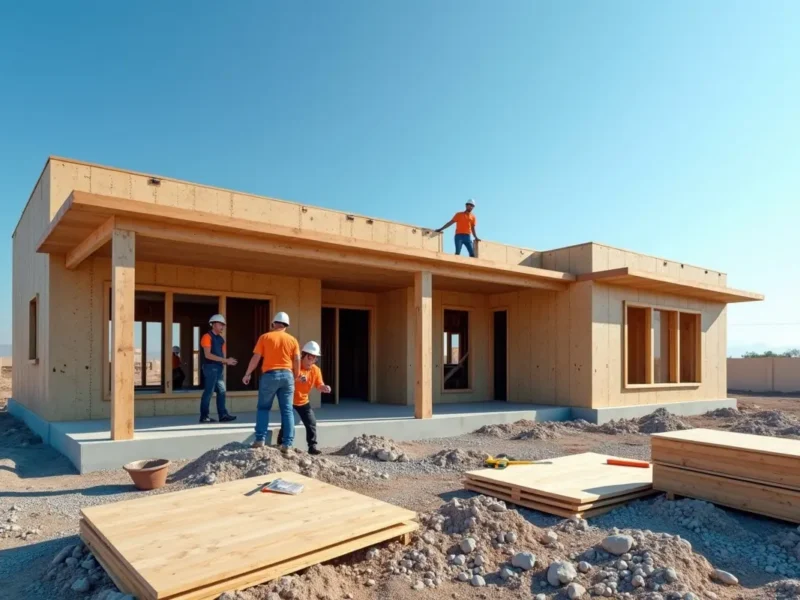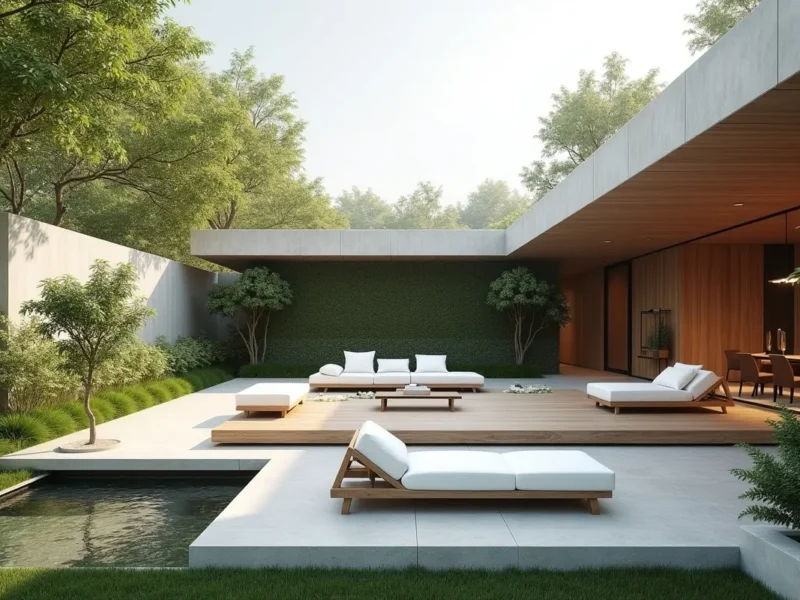For nearly a decade, farmhouse décor had American interior design in a tight grip. Celebrity home stylists focused on integrating the farmhouse aesthetic into every interior space with details like shiplap walls, exposed wooden beams and antiqued furnishings. However, trends change, and today, the farmhouse look has fallen out of vogue in favor of different styles, like maximalism and organic modern.
Fortunately, if you love your farmhouse décor, you can ensure that it continues to look cool regardless of shifting interior design trends. Here are a few tips to help keep the farmhouse aesthetic alive and enlivening in your home.
Fully Commit
The key to making anything look cool — not just out-of-trend interior design, but anything from fashion to slang to cuisine — is to stop caring what other people think. The sooner you abandon any conscious or subconscious embarrassment about your farmhouse décor, the sooner you can exude confidence in your home’s aesthetic. Though it shouldn’t matter, your self-assurance as well as your devil-may-care attitude will cause neighbors, guests, friends and family to be impressed by your interior design.
The best way to get out of the habit of worrying about the judgement of others is to stop judging others, yourself. Not every home needs to be worthy of a feature in Architectural Digest; as long as someone seems to be enjoying the style of their space, you do not need to comment — verbally or internally — on their interior design. If anyone continues to add toxic judgement that undermines your efforts, you should try to distance yourself from that person.
As you begin altering the way you perceive others, you can begin to invest more completely in the farmhouse aesthetic. Full commitment to the aesthetic will ensure that your home boasts a cohesive style, leaving less room for criticism — from yourself, the only opinion that matters.
Pay Attention to Details
Farmhouse is a huge category of interior design, and in truth, the term “farmhouse” alone likely does not accurately describe your interior style. Instead, you like ascribe to a subcategory of farmhouse design, which are subtly different from one another. Some examples of farmhouse subcategories include:
Industrial farmhouse, which takes inspiration from the heavy machinery used on farms. This style often features black and iron accents as well as simpler light fixtures with bare bulbs.
Scandinavian farmhouse, which mimics the aesthetic of a farmhouse in a Scandinavian country, where minimalism and hygge are dominating design values. This style tends to include light-colored woods, muted colors and clean-lined furniture.
Rustic farmhouse, which prioritizes antique, handcrafted and rugged design elements. This style often has a neutral palette but integrates a plethora of vintage and retro components to add visual interest.
French farmhouse, which blends sophisticated French style with the farmhouse aesthetic to create a lighter and more graceful interior design. This style eschews heavy materials and dark accents, preferring cool grays and creams and a few antique accents.
Colonial farmhouse, which embraces the traditional farmhouse with its use of materials like brick, stone, exposed wood beams and more. This style makes abundant use of millwork yet strives for austerity over ornamentation.
Once you determine which specific farmhouse style you want for your home, you can begin altering the details of your interior design to achieve it. You should try to ensure that every visual element of your home conforms to your aesthetic; you might need to swap your current ceiling fan for a windmill ceiling fan to hit the perfect farmhouse look. By shifting your home deeper into the farmhouse design, you will demonstrate your commitment to the look and earn greater respect.
Invest in Quality
Regardless of the precise style you are pursuing under the farmhouse umbrella, you need to prioritize one aspect with every piece you purchase: quality. Because farmhouse décor was so popular for so long, it is easy to find cheap decorative pieces almost everywhere. However, cheap décor will not elevate your home’s style; it will only serve to cheapen the overall look of your farmhouse design.
Instead, you ensure that every piece integrated into your home is of high-quality, that it will not only suit the needs of your aesthetic but also remain stylish and functional for years to come. You might need to create a budget for your home décor to ensure that you can afford quality farmhouse pieces as they become available.
You deserve to feel good about however you decide to design your home. You can make your home’s farmhouse décor cool again by committing more fully to a specific farmhouse aesthetic — and by caring only how you feel about your home’s style.



